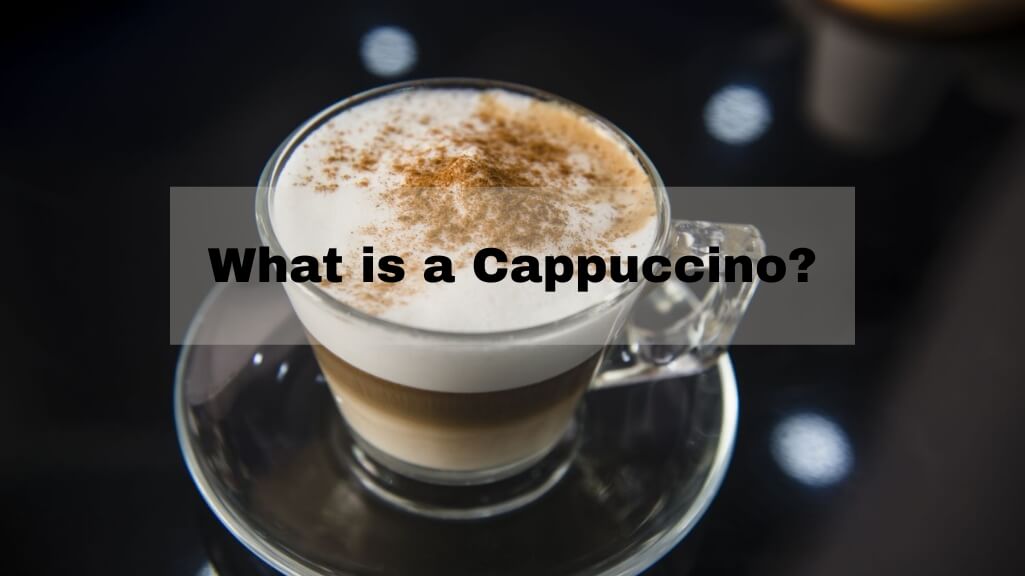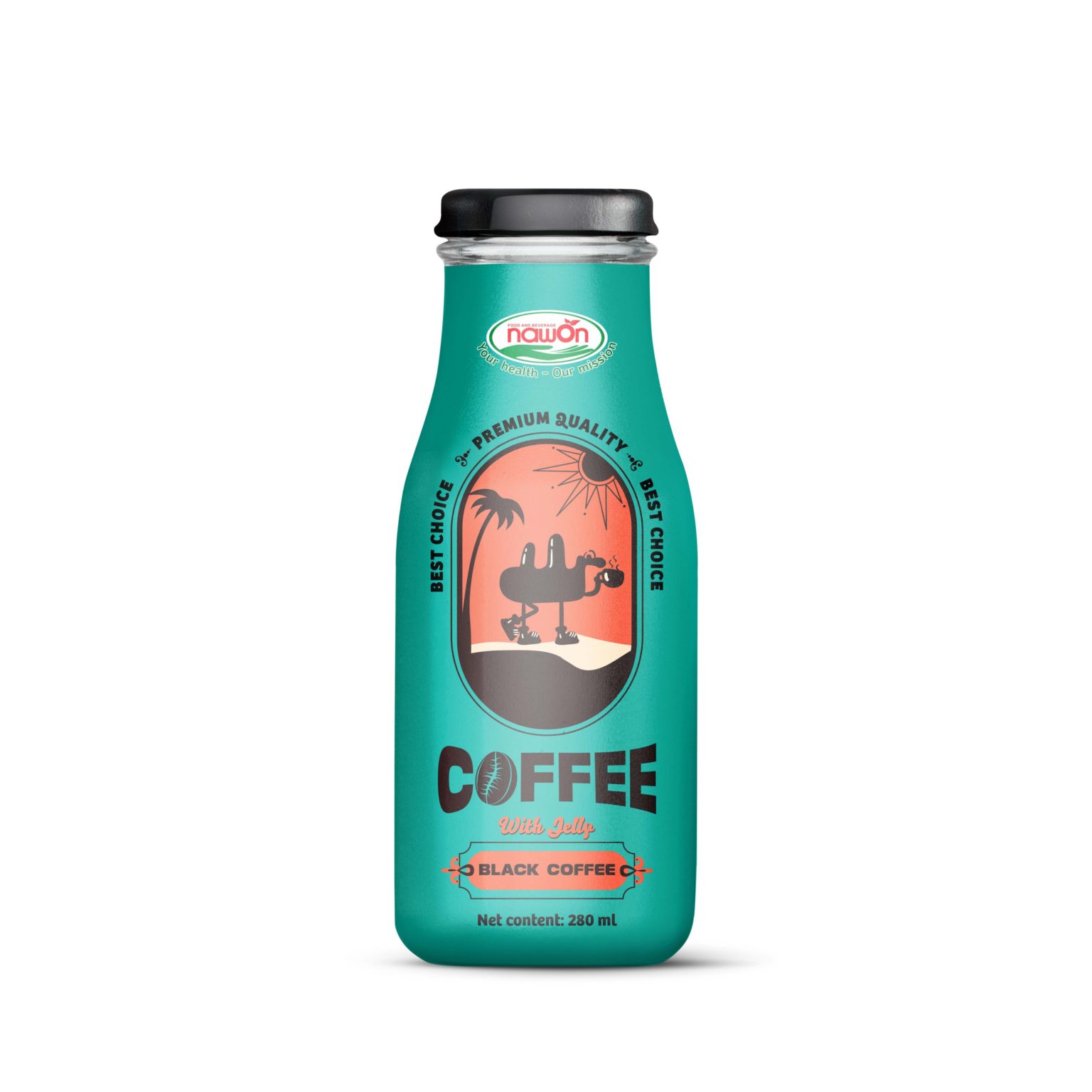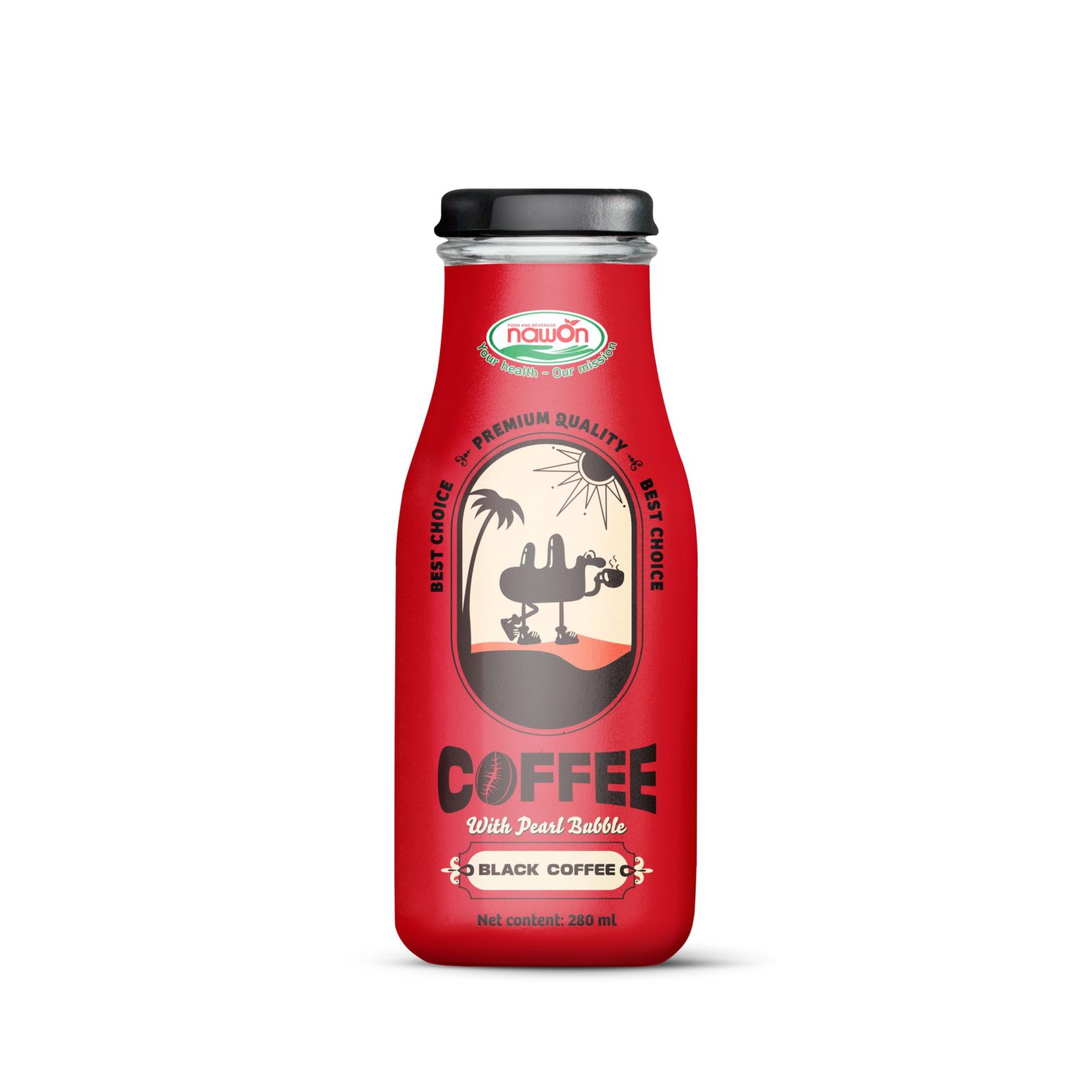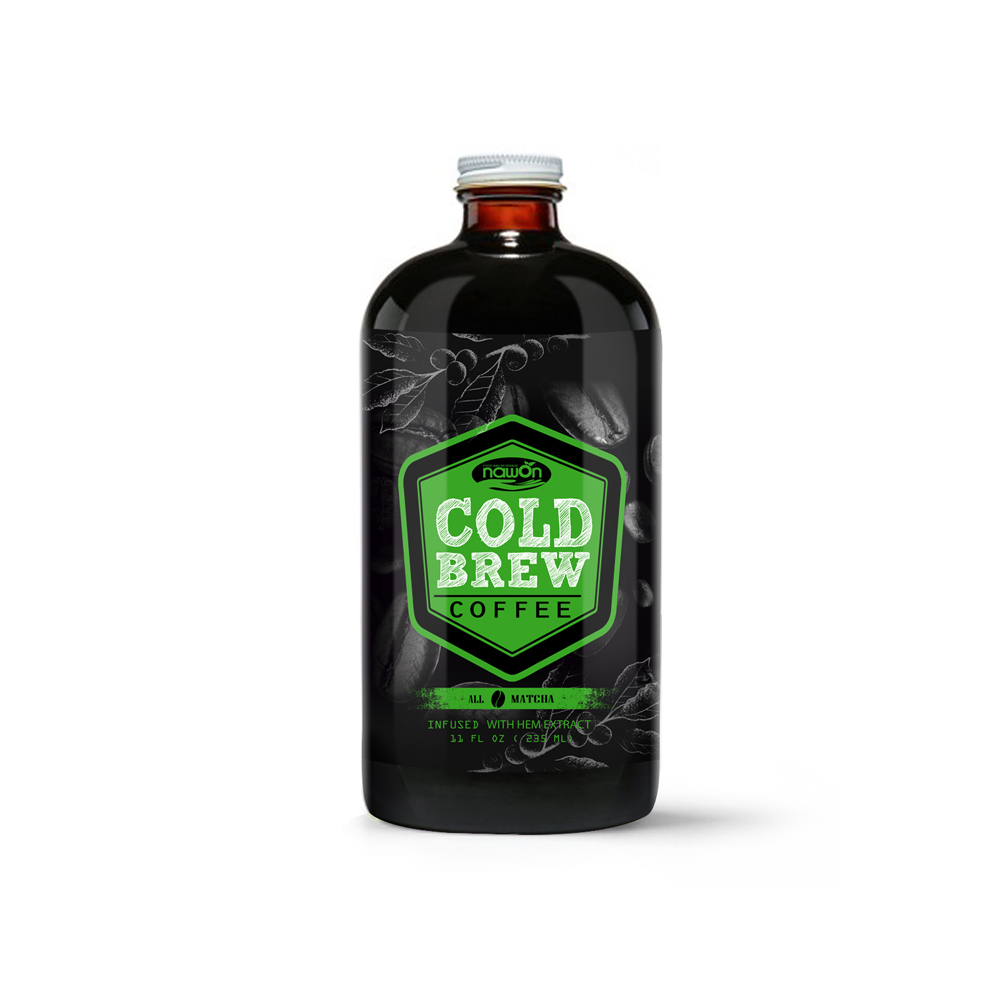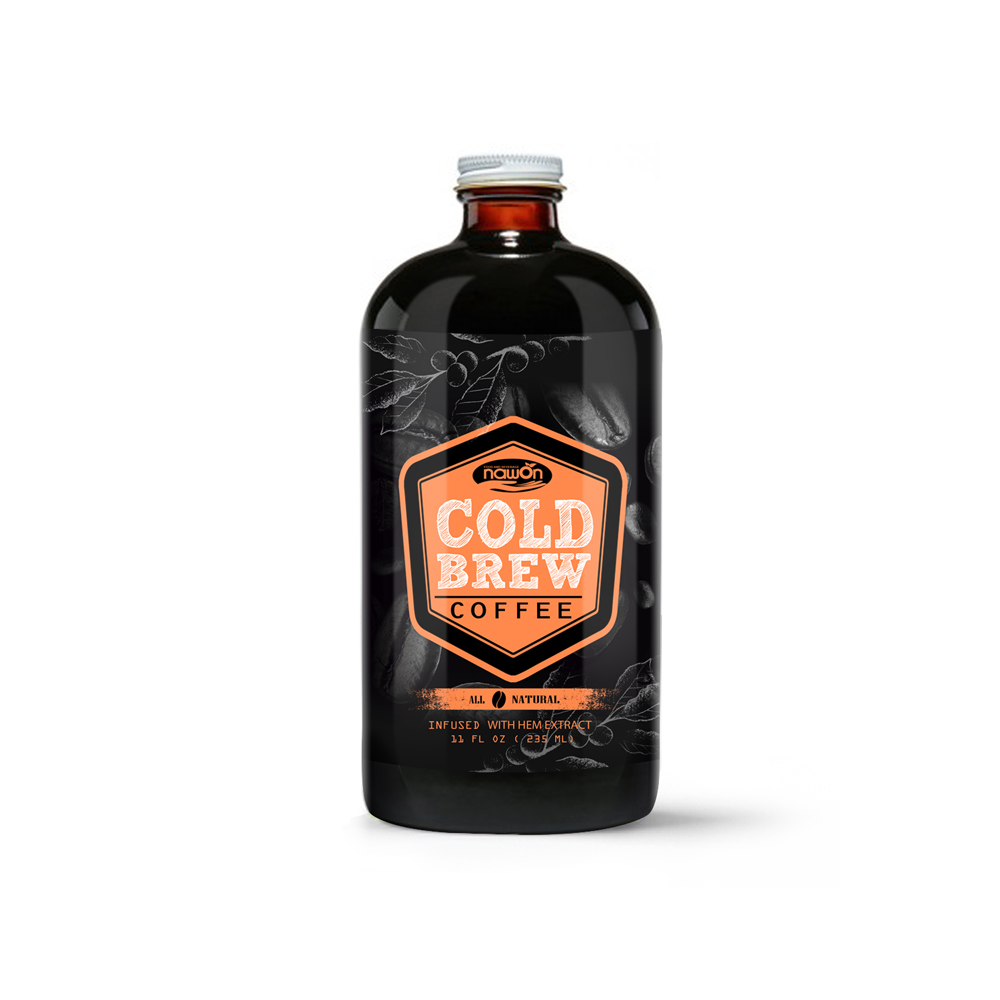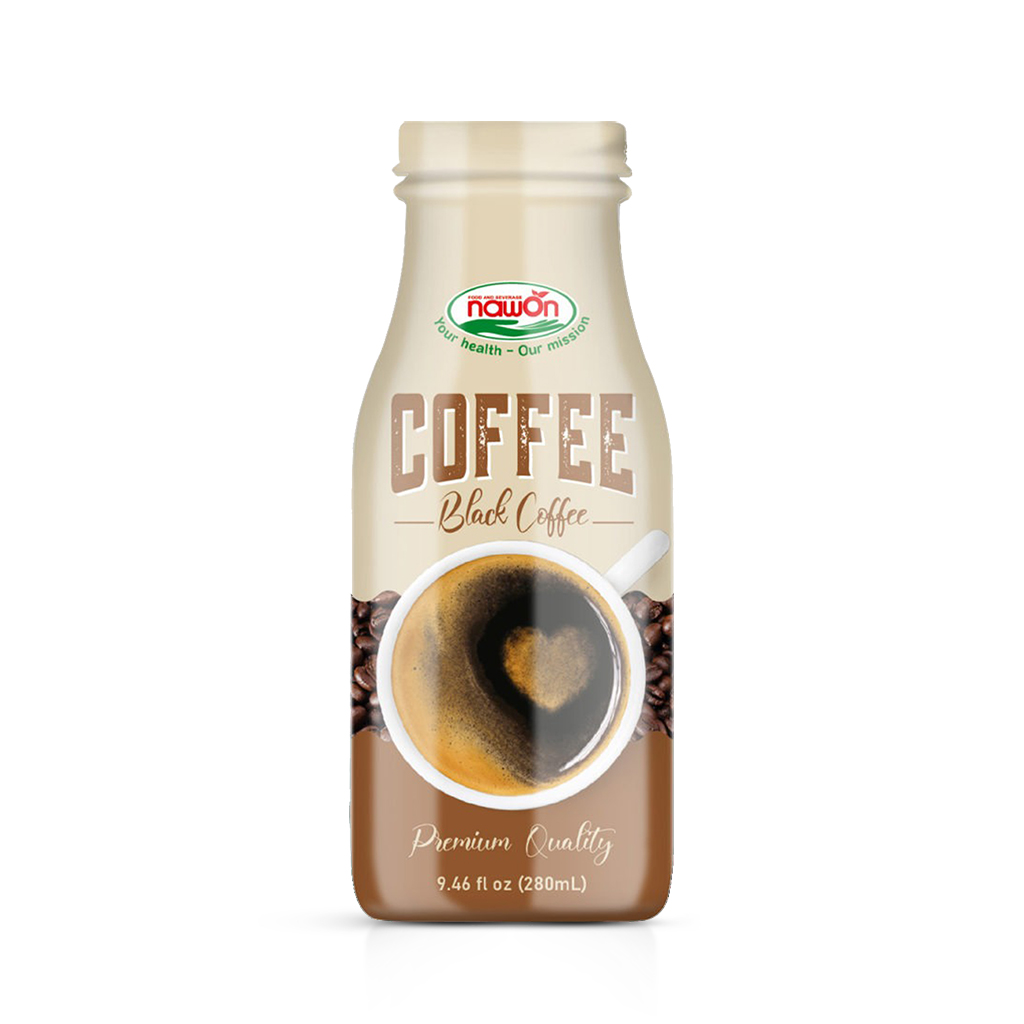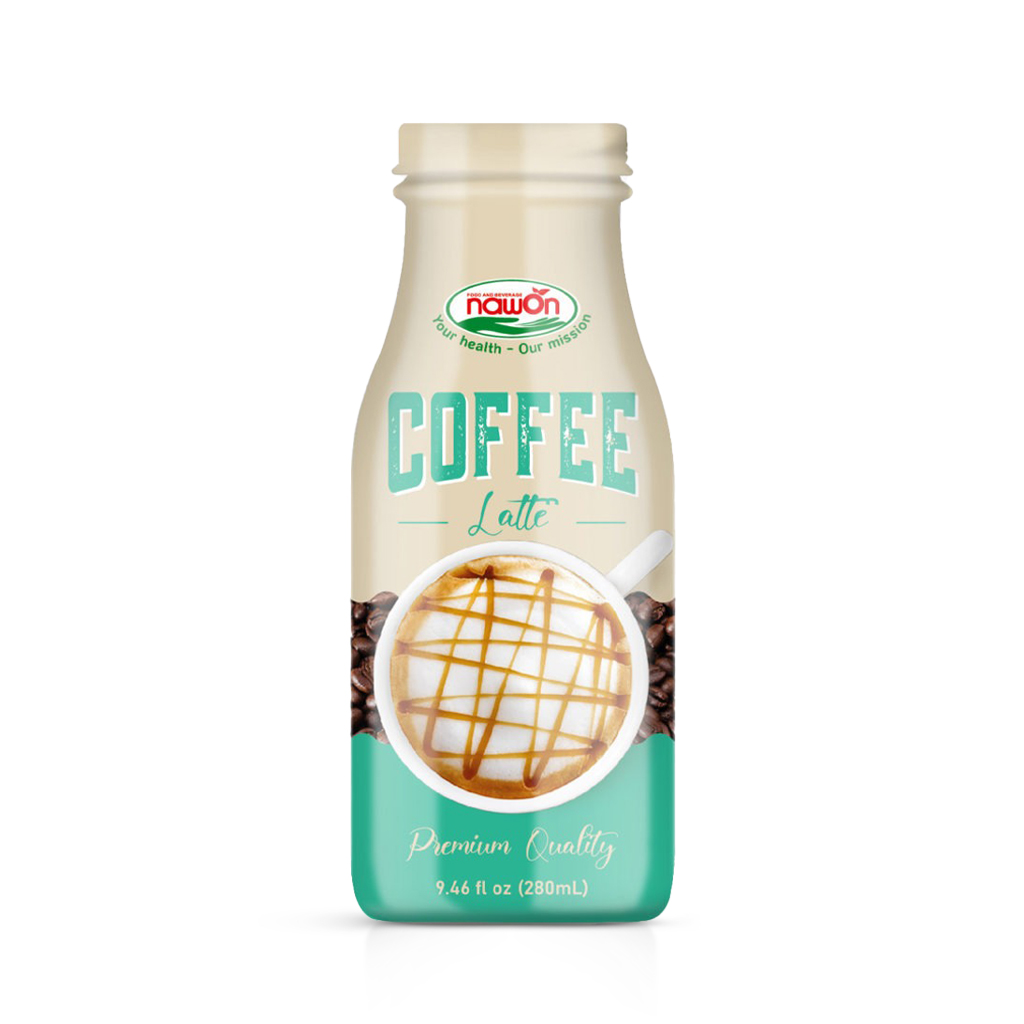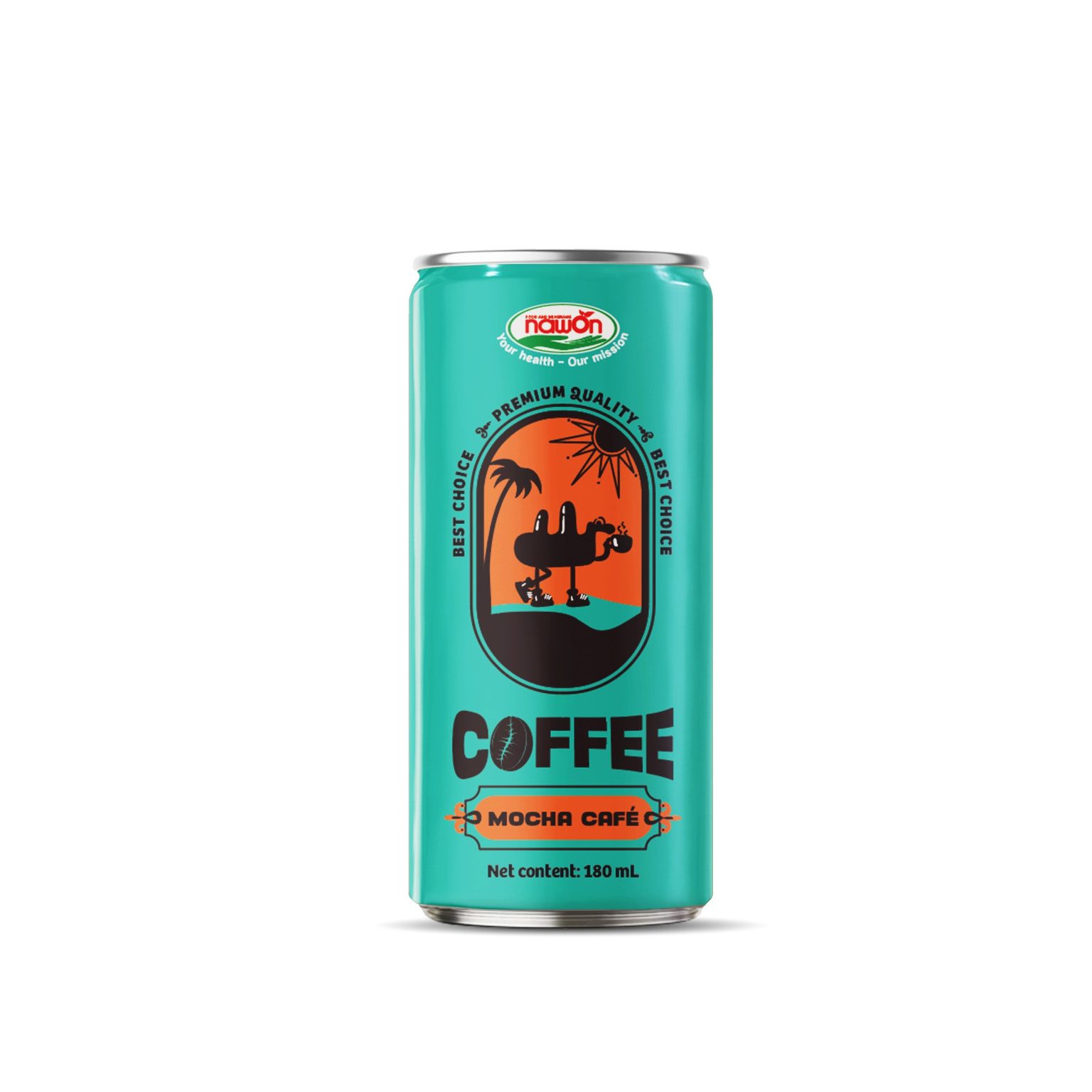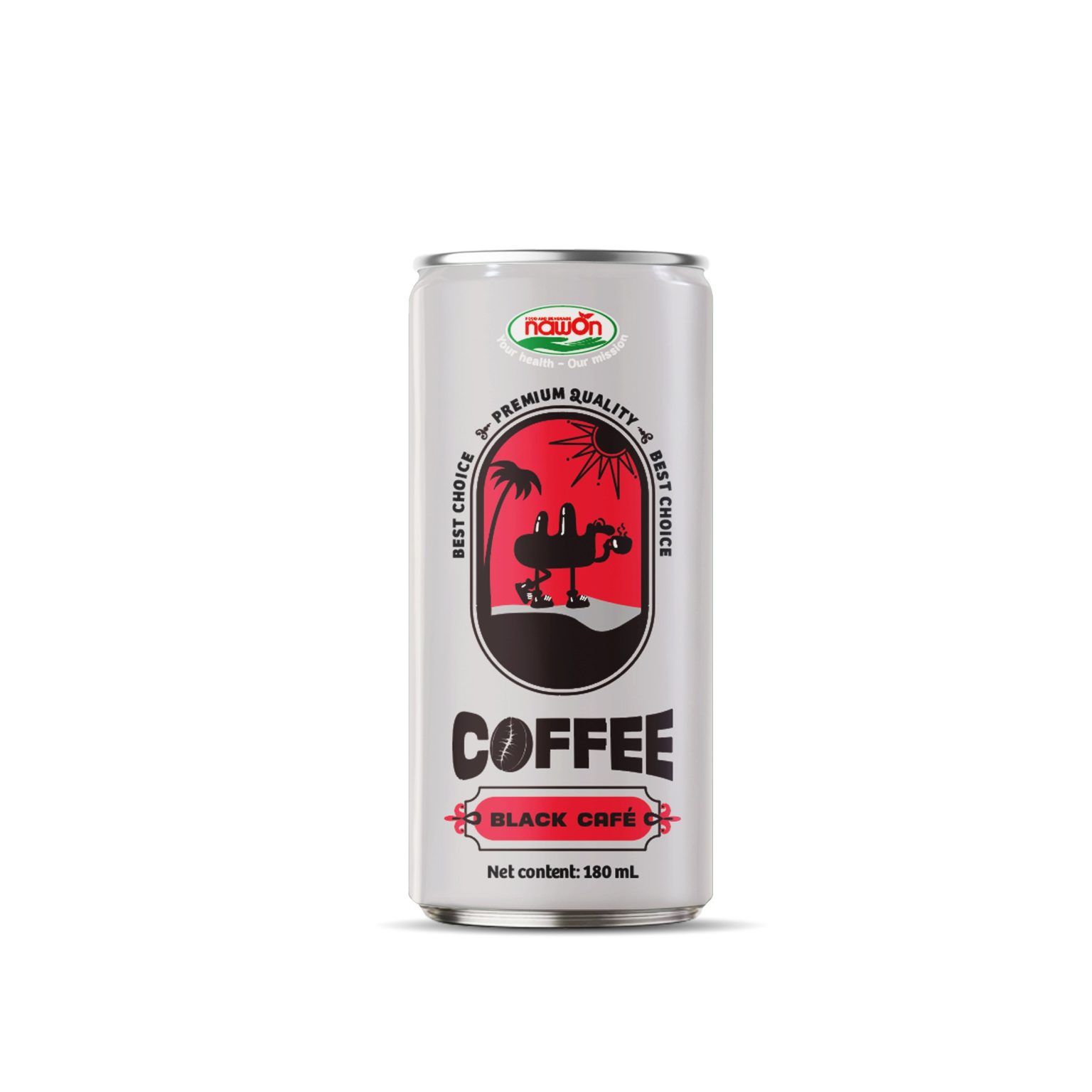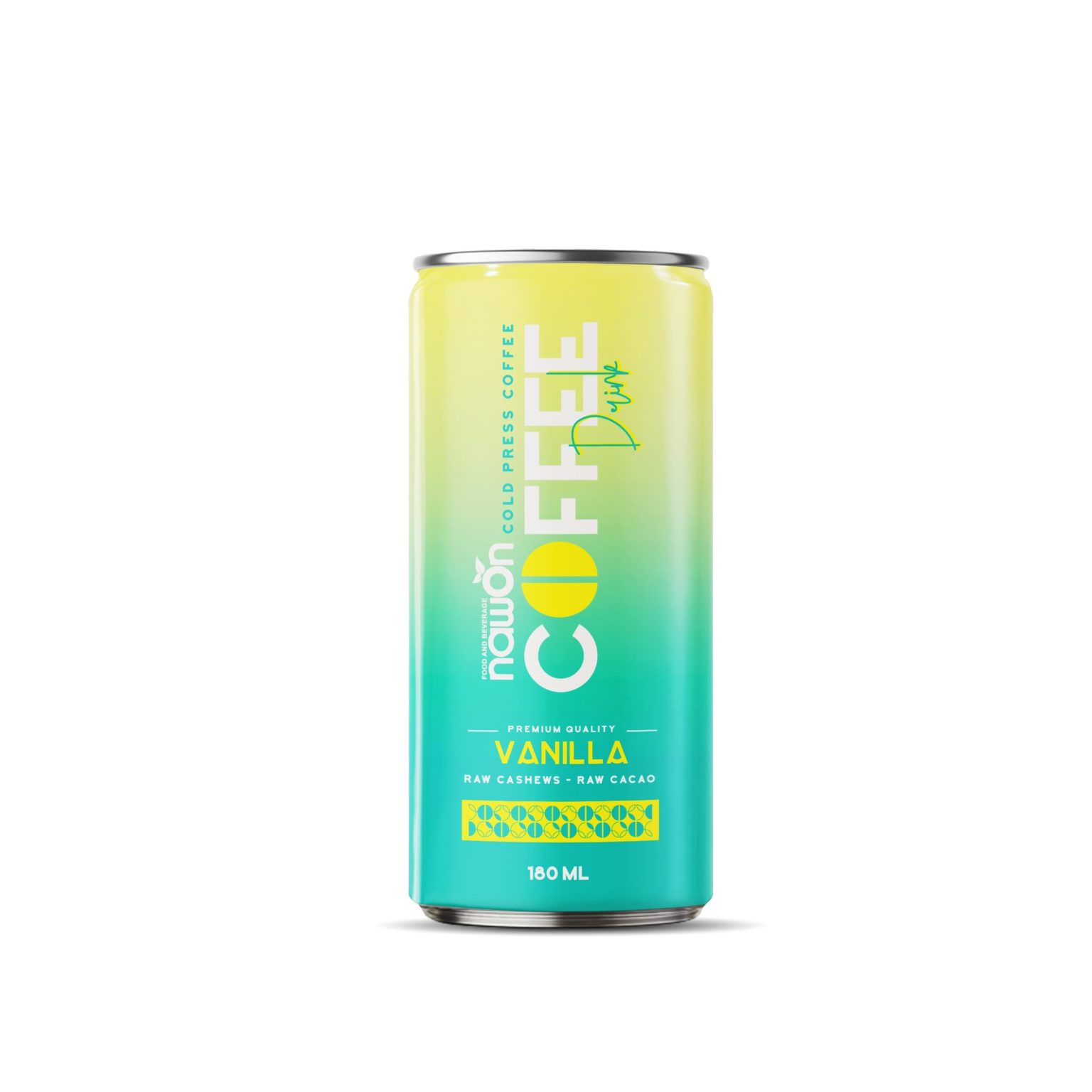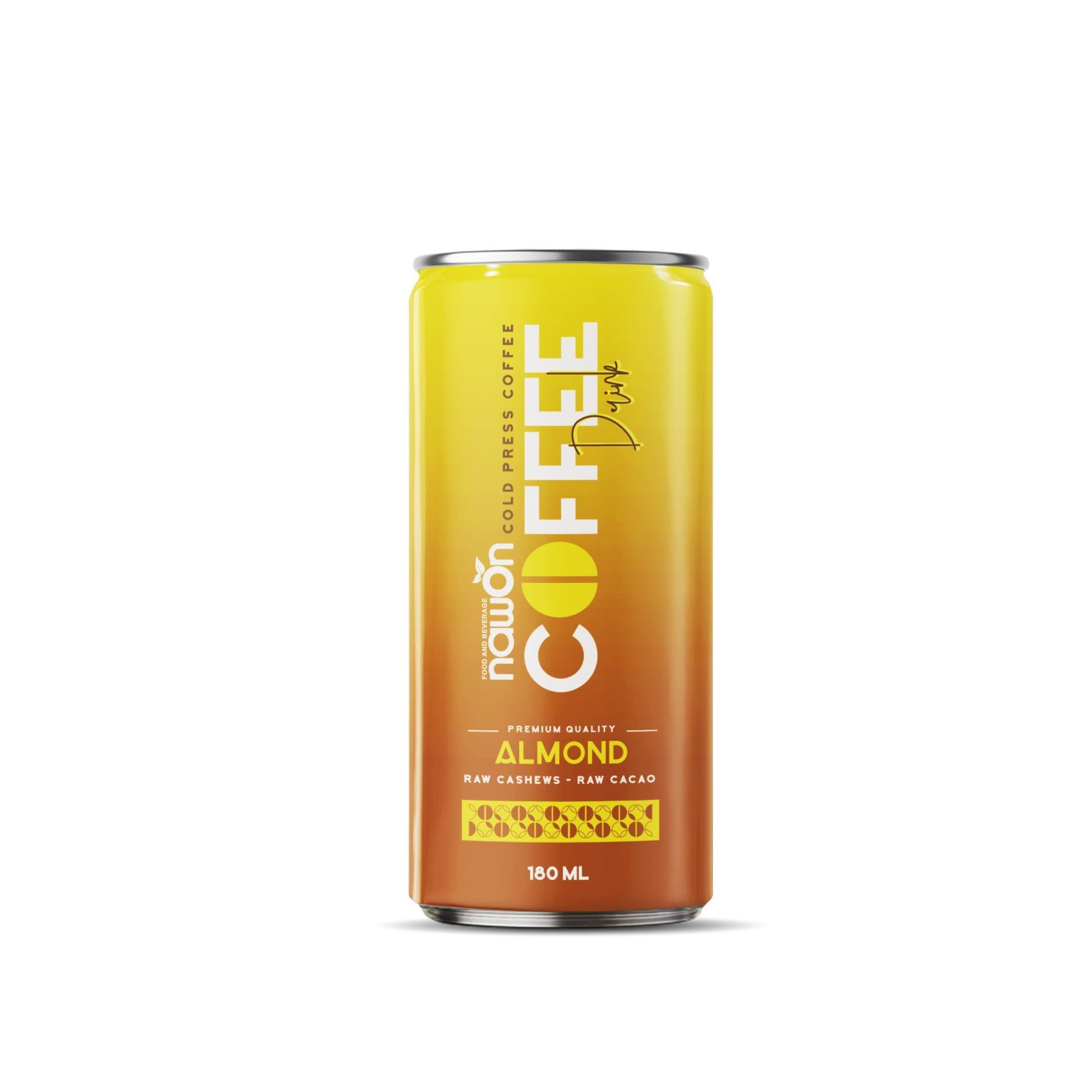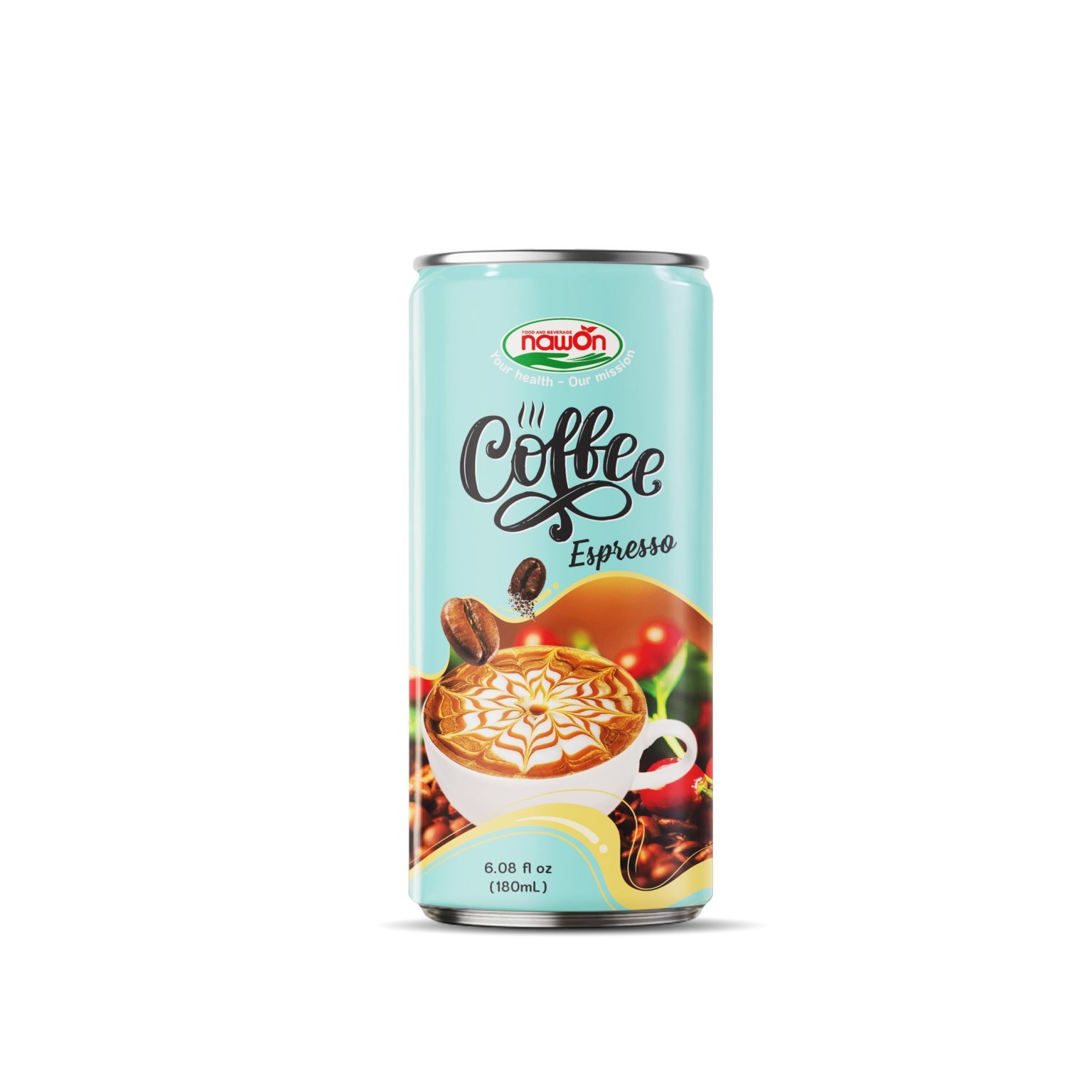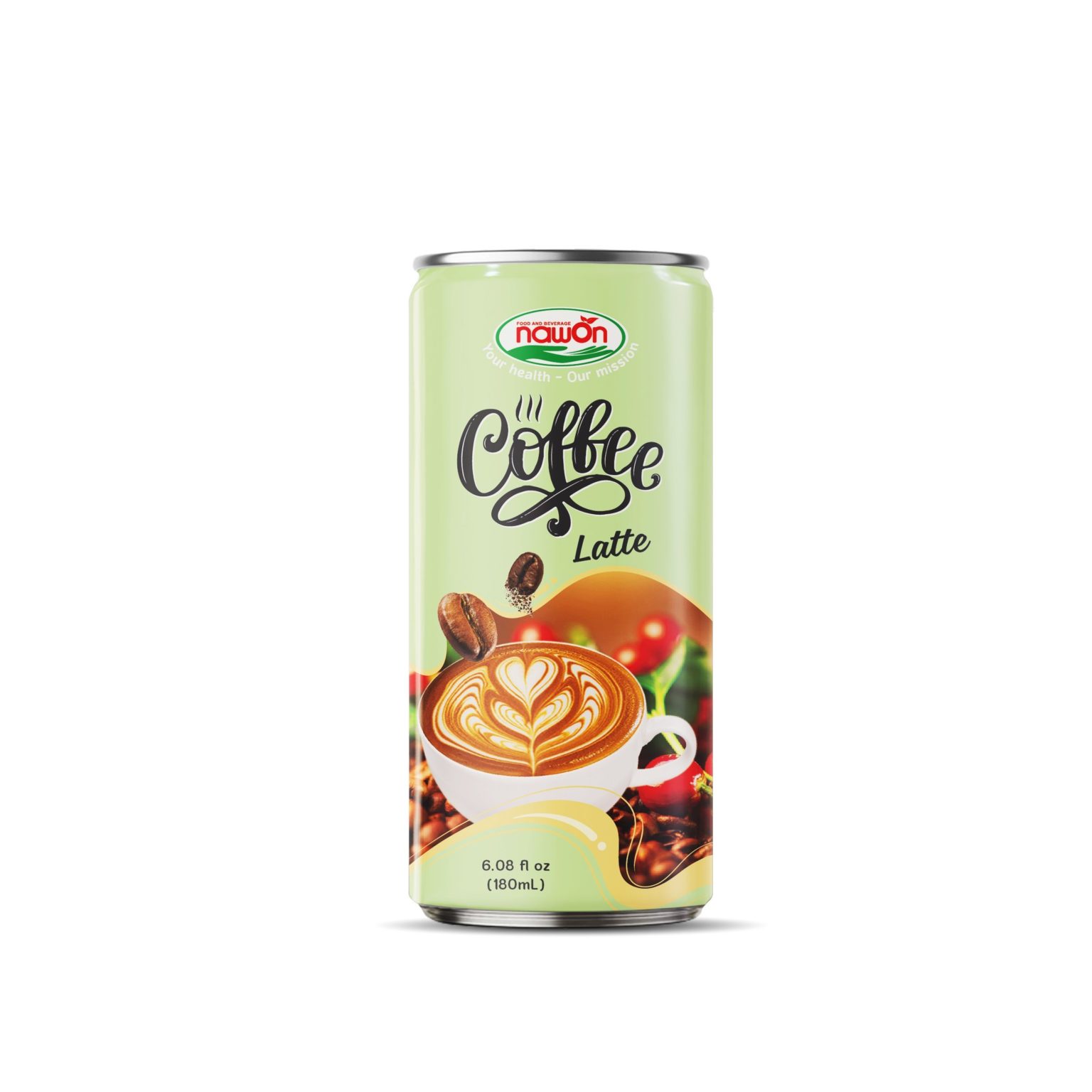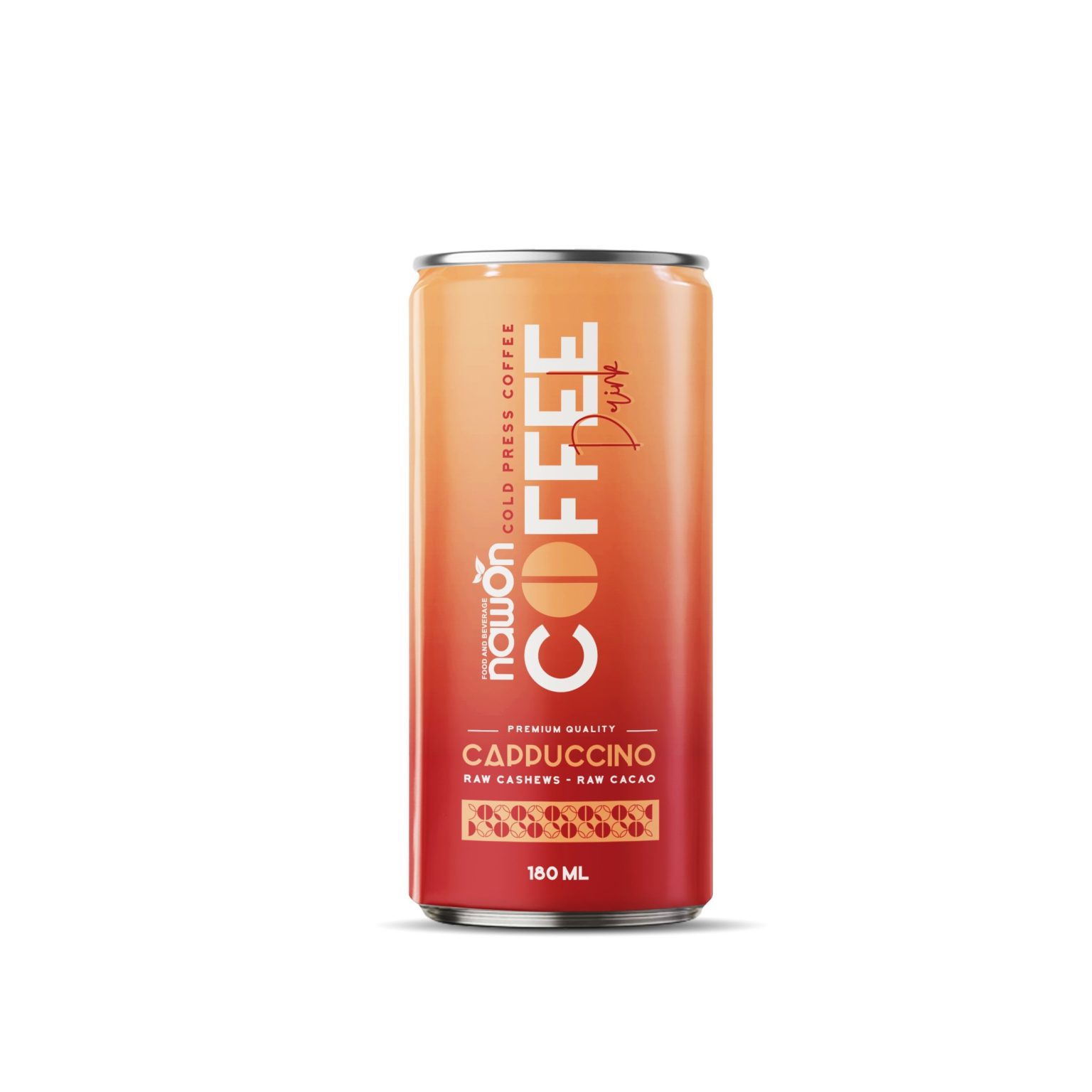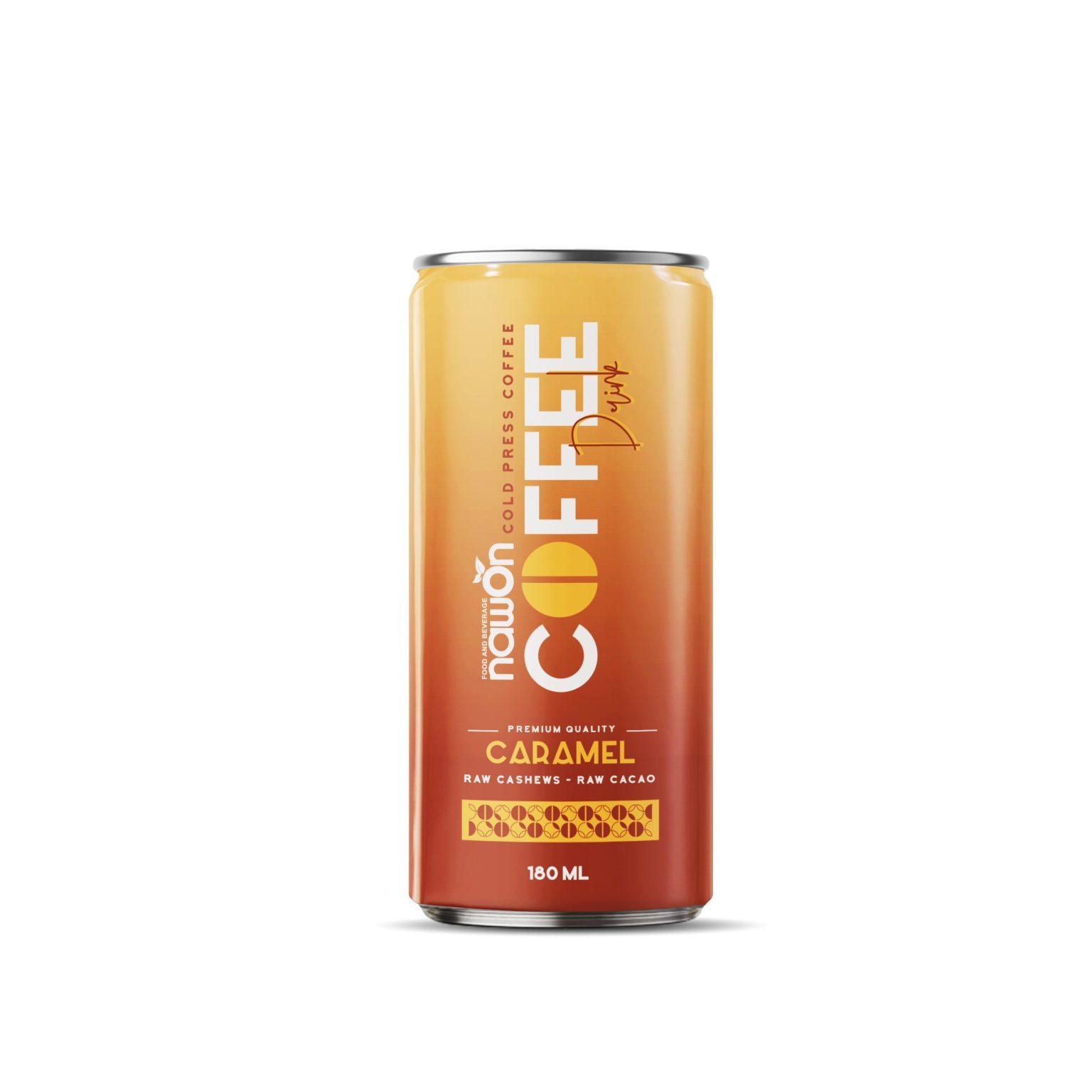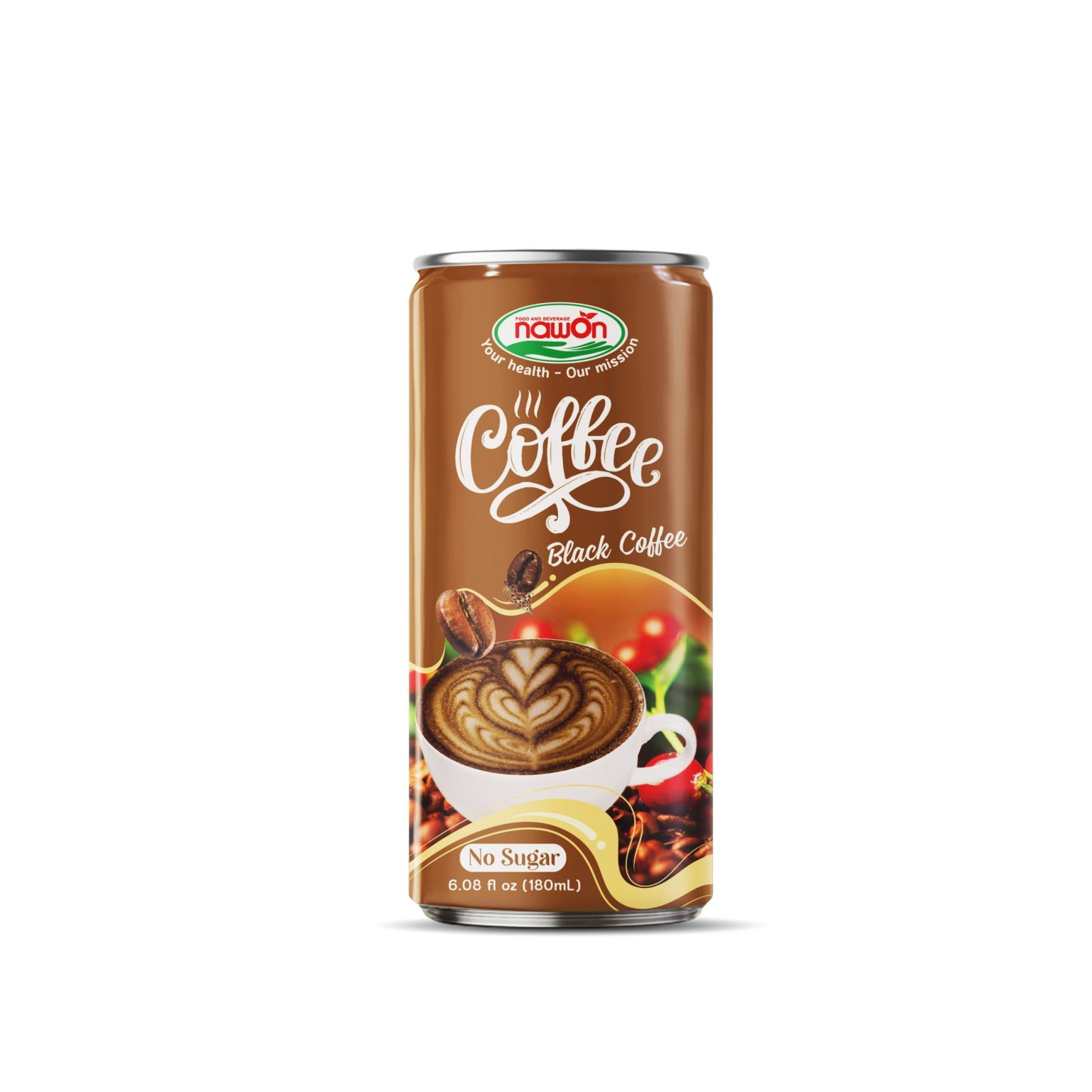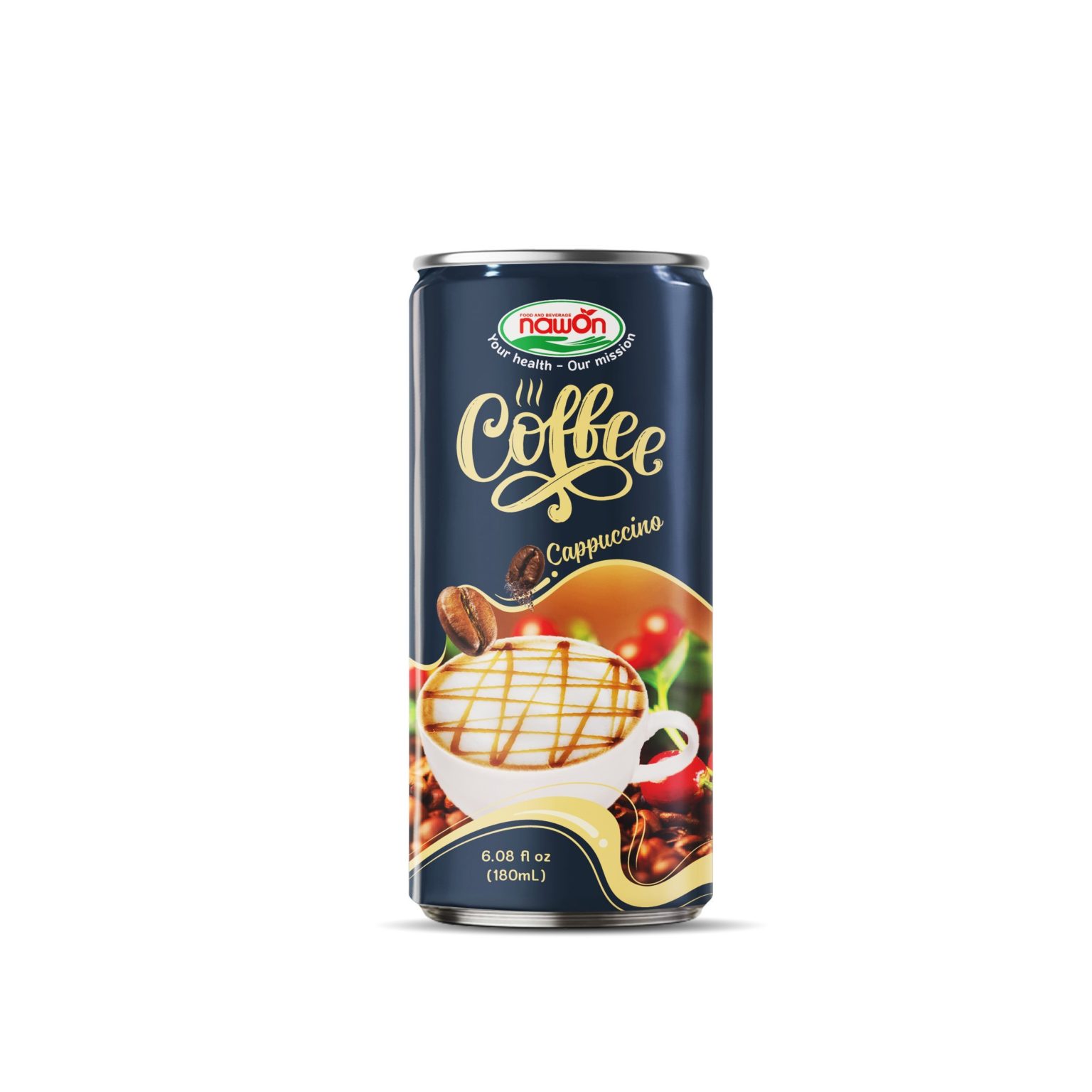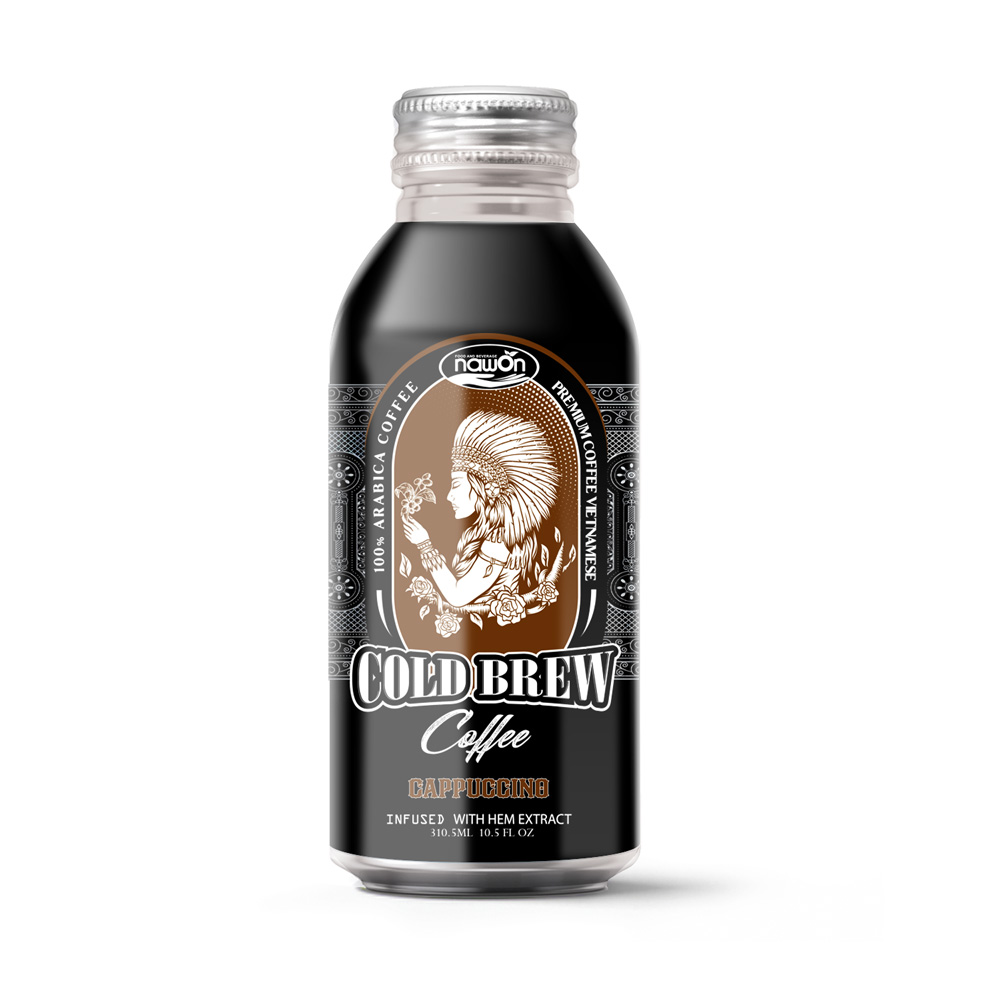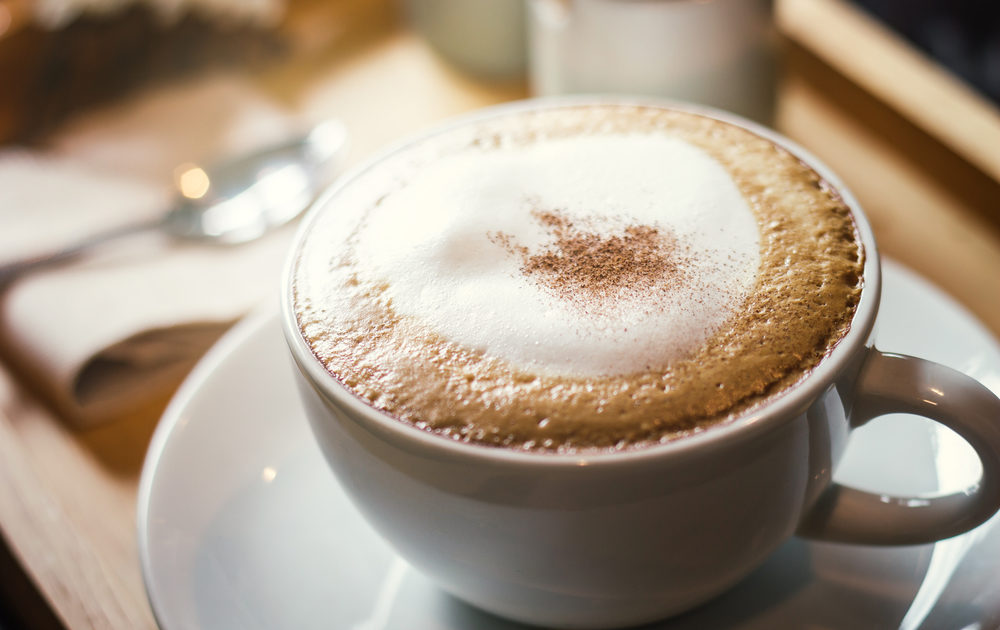The history of coffee began thousands of years ago with prosperous development. Coffee culture has become popular worldwide, with each culture having its unique way of drinking coffee. However, it is only possible to mention the popular coffee types favored by most consumers worldwide, including cappuccino – a traditional Italian coffee.
The particular aromatic and sweet taste of cappuccino has conquered people for centuries. In this article, let’s find out with Nawon what a cappuccino is and the exciting things surrounding this charming drink.
What is a cappuccino and its origin
Cappuccino is an Italian type of coffee made from 3 equal part ingredients: Coffee Espresso mixed with twice the usual amount of water (espresso lungo), hot milk, and foamed milk. People often sprinkle cocoa powder or cinnamon powder on top of a cup of Cappuccino coffee to perfect the taste. In Italian cafes, Baristas often use molds or spoons and skillfully stir while sprinkling flour to create artistic shapes. As a result, we have a cup of coffee full of art in appearance and taste.
Cappuccino originates from Italy and its history is closely linked to the development of espresso coffee. There is a popular story that the name “cappuccino” comes from the name of the Capuchin monks. The color of the monks’ robes is similar to the brown color of a perfect cup of Cappuccino coffee. The cap of this cassock is called “cappuccio” in Italian. But the reality is not so.
According to Wikipedia, ‘Cappuccino’ comes from Latin Caputium, later borrowed in German/Austrian and modified into Kapuziner. It is the diminutive form of cappuccio in Italian, meaning “hood” or something that covers the head, thus cappuccino means “small capuchin”.
The coffee beverage has its name not from the hood but from the color of the hooded robes worn by friars and nuns of the Capuchin order. The word cappuccino, in its Italian form, appears in Italian writings in the 19th century and is described as “black coffee with a few drops of milk or cream which give it the color the tunic of the Capuchins, from which it takes its name”. The German language Kapuziner is mentioned as a coffee beverage in the 18th century in Austria and is described as, “coffee with sugar, egg yolks and cream”, in dictionary entries from 1800 onwards.

Capuchin friar named Father Marco d’Aviano
The use of fresh milk in coffee in cafés and restaurants is a newer phenomenon (from the 20th century), introduced when refrigeration became common. The use of full cream is known much further back in time (but not in the use as whipped cream [chantilly]), as this was a product more easily stored and frequently used in cooking and baking. Thus, a kapuziner was prepared with a very small amount of cream to get the capuchin color. Today, kapuziner is still served in Viennese traditional cafés, comprising still black coffee with only a few drops of cream (in some establishments developed into a dollop of whipped cream).
The Cappuccino we enjoy today was first introduced in the 20th century. The Cappuccino coffee maker was invented by Luigi Bezzera in 1901. This invention made making Cappuccino simpler. The first documents recording Cappuccino were found around 1948. By the 1950s, Cappuccino had become one of the most popular drinks worldwide.
Explore The Taste Of Coffee Drink
Continuel
Different types of cappuccino
Traditional cappuccino consists of equal parts espresso, steamed milk, and foamed milk. Besides, some variations and spin-offs cater to different preferences and tastes. Still keeping the traditional cappuccino flavor but with a different approach, you can try any type below to explore more.
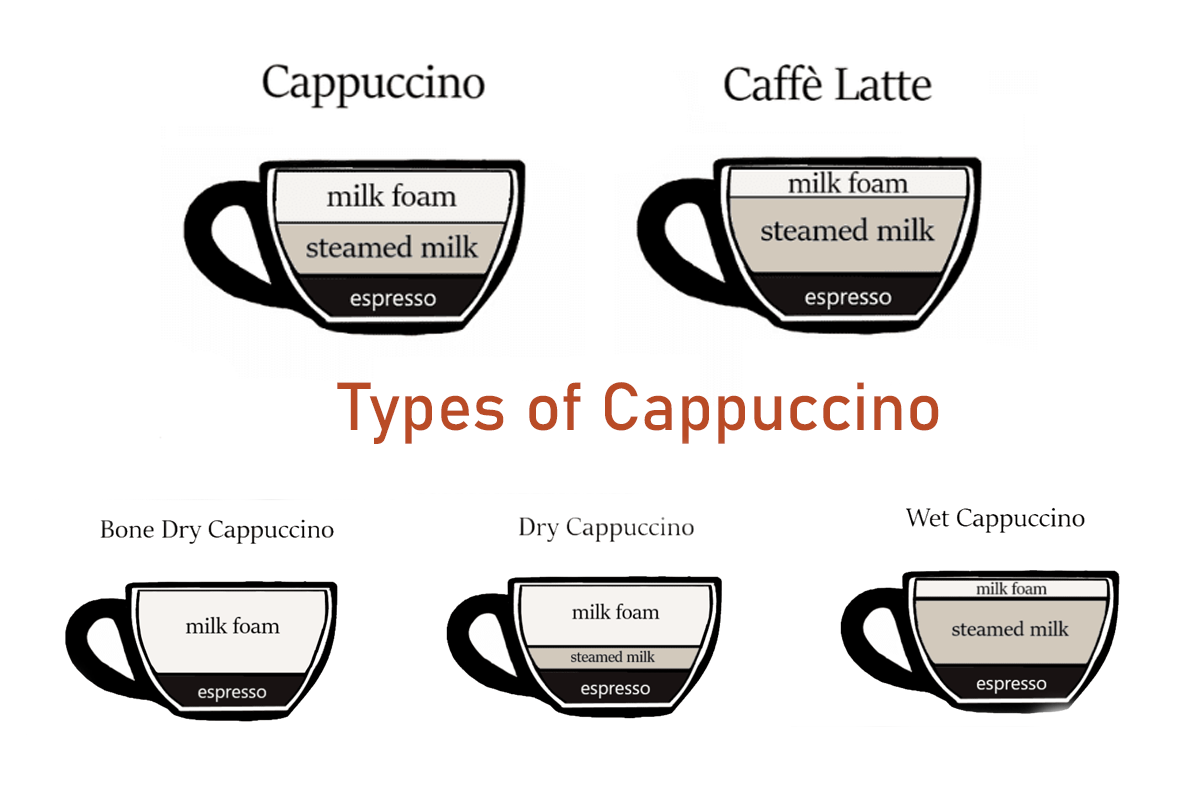
Types of cappuccino
Bone Dry Cappuccino
Bone dry cappuccino is capp8uccino with no steamed milk – just a foam pillow and espresso.
Dry Cappuccino
This variation has less steamed milk and more frothed milk, resulting in a drier and foamier texture. It’s preferred by those who enjoy a stronger coffee flavor and a lighter milk presence.
Wet Cappuccino
In contrast to the dry cappuccino, a wet cappuccino has more steamed milk and less froth, providing a creamier and smoother texture. It’s a good option for those who like a milder coffee flavor. A super wet cappuccino is a latte.
Flavored Cappuccino
Various flavored syrups or powders, such as vanilla, caramel, or chocolate, can be added to a cappuccino to create different flavor profiles. These are often called flavored cappuccinos and are popular in many coffee shops.
The difference between a latte and a cappuccino
The difference between cappuccino and latte, as we mentioned above, is only the difference in the amount of steamed milk and foam. If you add more steamed milk and reduce the foam at the top of a cappuccino, you have a latte.
See more: What is The Difference Between Espresso vs Coffee?
See more: The Difference Between Latte and Coffee – Comparison Guide
How to make a cappuccino
This is a basic cappuccino recipe. You just need to prepare 3 equal parts of espresso, steamed milk, and foam. Let’s jump into the guide.
Ingredients
- Coffee beans (Recommended Arabica beans or Arabica mixed with Robusta beans)
- Cold, filtered water
- Whole milk
Equipment
- Espresso machine
- Coffee grinder
- Milk frother or steam wand
- Coffee scale
- Espresso cup
Instructions
Step 1: Prepare the Espresso
Grind the coffee beans to a fine consistency suitable for espresso. Measure the appropriate amount based on the espresso machine’s guidelines (usually around 18-20 grams for a double shot).
Follow the instructions of your espresso machine to pull a double shot of espresso. This involves using the ground coffee you just prepared and extracting the espresso into an espresso cup.
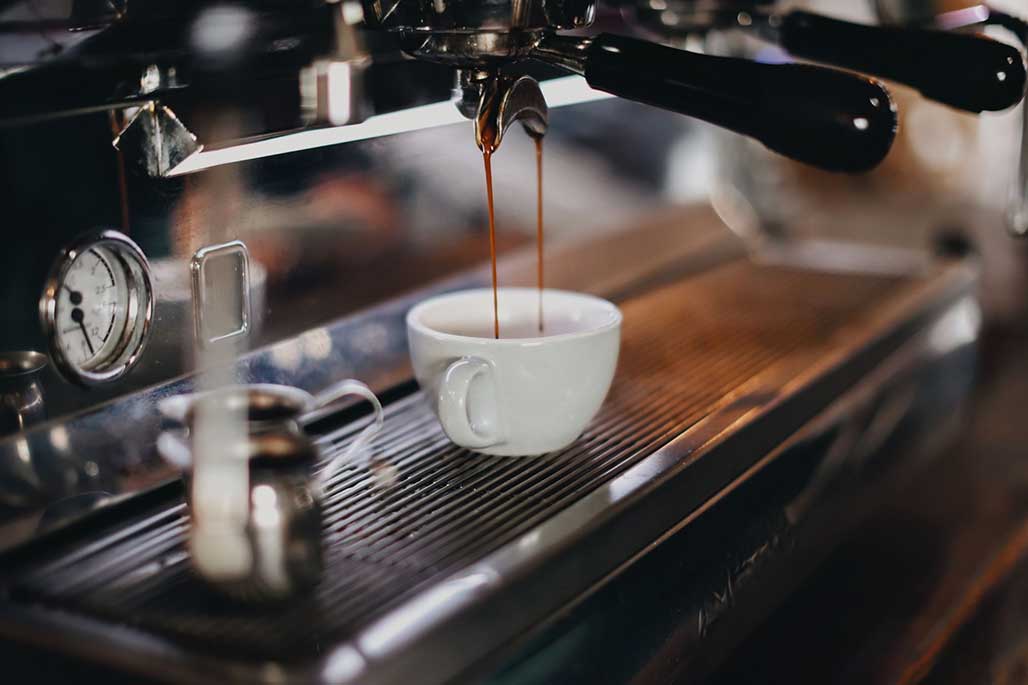
Step 2: Steam the Milk
Pour cold, fresh milk into a metal steaming pitcher. The amount of milk will depend on your preference, but for a cappuccino, you’ll need a smaller amount compared to a latte.
Purge the steam wand to remove any water, then submerge the wand into the milk just below the surface.
Start the steam wand. Position the steam wand at an angle, allowing it to create a vortex in the milk. This helps to incorporate air and create a creamy foam.
Steam the milk until it reaches the desired temperature (typically around 150-160°F or 65-71°C). Be careful not to scald the milk.
Once steamed, tap the pitcher on the counter and swirl the milk to eliminate any large bubbles.
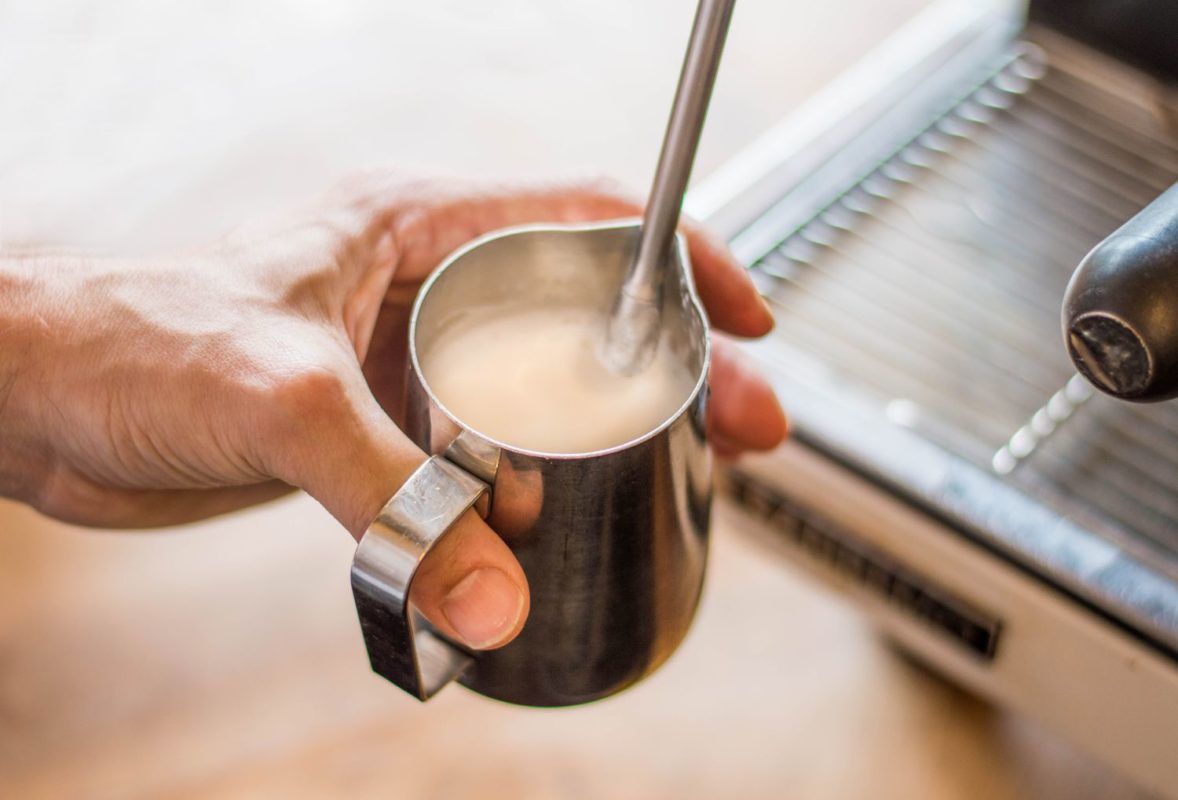
Step 3: Froth the Milk
Tilt the steaming pitcher slightly and position the steam wand near the surface of the milk to create froth.
Continue steaming until the milk reaches the desired level of frothiness. Traditional cappuccinos have a dense, velvety foam.
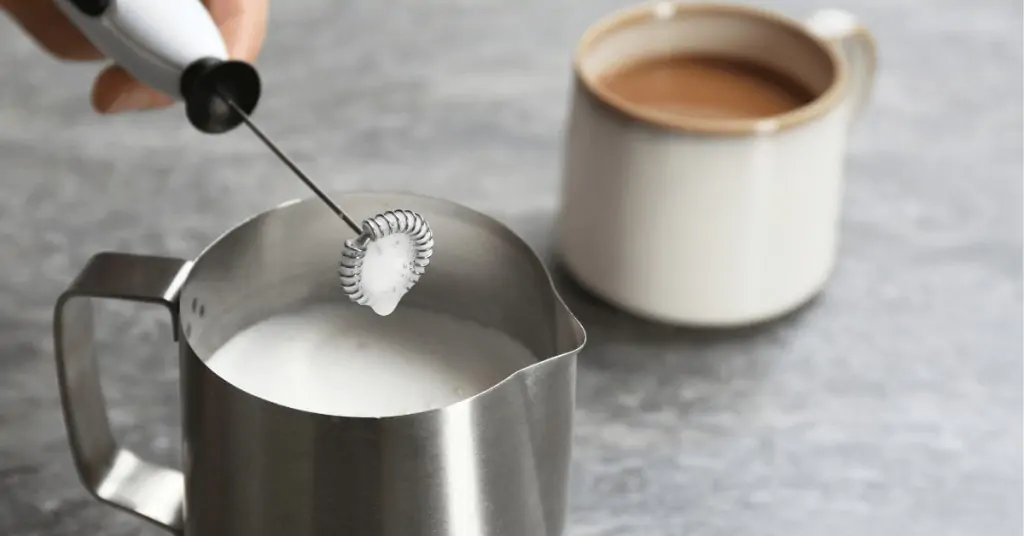
Step 4: Assemble the Cappuccino
Pour the freshly brewed espresso into an espresso cup.
Gently pour the steamed milk over the espresso, using a spoon to hold back the froth. Aim for equal parts espresso and steamed milk.
Spoon the frothed milk on top, creating a layered effect with the espresso at the bottom, steamed milk in the middle, and frothed milk on top.
Step 5: Serve and Enjoy
Your classic cappuccino is now ready to be enjoyed! The layers of rich espresso, smooth steamed milk, and creamy foam create a well-balanced and flavorful coffee experience. You can sprinkle a little cocoa powder on top to boost flavor.
The last sentence
In the world of coffee, the cappuccino stands as a testament to the artistry and precision that goes into crafting the perfect cup. From the aromatic espresso base to the velvety steamed milk and the cloud-like froth on top, each element contributes to a harmonious symphony of flavors and textures. Whether enjoyed as a morning ritual or a delightful afternoon pick-me-up, the timeless appeal of the cappuccino continues to captivate coffee enthusiasts around the world.

